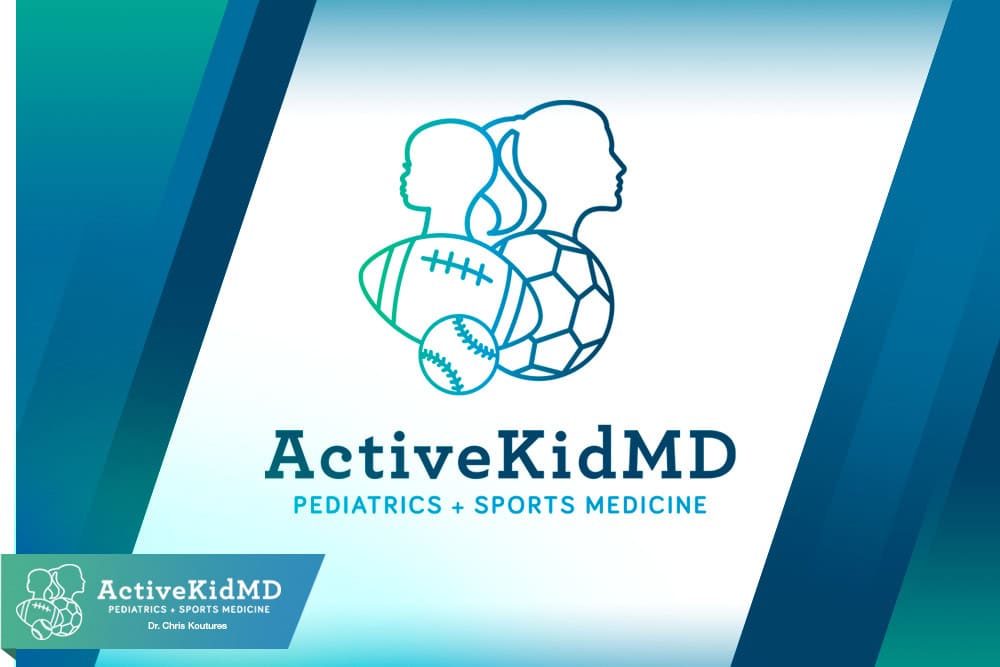Given that headaches are the most common symptom after concussion and often the last to fully resolve, I spend a good amount of time with my patients discussing headache triggers, anticipated healing course, and how to reduce intensity and duration. While this post is not intended to make a formal diagnosis or suggest specific treatments, I hope to share some insights on post-concussion headaches that will help patients, families, and fellow medical providers.

- The location of the headache may be exactly at the point of impact, or perhaps on a different side of the head, or even involve the entire head.
- Not uncommon to have all-day post-concussion headaches right after a concussion. Waking up without a headache should be considered the first sign of improvement. Once that occurs, often headaches will still be daily but will tend to occur later and later in the day. In the final stages of recovery, the headaches might not be daily but may occur every few days.
- Look at a throbbing headache as a “pop-off valve” warning sign indicating overload of the healing brain.. While this type of headache might be frequently seen immediately after an injury, the evolution of a throbbing headache later in the recovery can indicate excessive activity, such as too much reading/schoolwork, noise exposure, or screen/media time, or even a combination of all those factors at one time. Reviewing and making adjustments in schedules and environments can turn down the cumulative overload and hopefully the throbbing headaches.
- Have found that using the 15-20 minute rule can be quite helpful for patients and families in determining if someone can read/text/play video games/watch TV after a concussion? The goal, of course, is not to trigger a headache or other symptoms.
- Pick one activity (let’s say reading to start) and try to do it in a relatively quiet environment for 15-20 minutes. If that time limit is reached without a headache, cool- stop, take a break and maybe come back 30-60 minutes later for another 15-20 minute period of reading. If that second attempt also goes well, then can increase the activity period to 20-30 minutes 2-3 times a day.
- If headaches come about before the 15 minutes are up, then stop activity, note the time that passed before the headache began, and after the headache has resolved, try the activity again but stop 1-2 minutes before that past headache onset time.
- If a headache quickly worsens, such as the throbbing headache noted above, an immediate reduction in activity should cause some reduction in intensity. However, in any worsening headache or especially in the case of a “worst headache of my life,” one should not hesitate to seek immediate emergency medical evaluation.
While the initial trauma to the head can be a primary cause of post-concussion headache, there can be several other contributors leading to more prolonged and intense symptoms:
- Commonly see a relative muscle imbalance in the suboccipital region where the skull connects to the cervical spine that can be the basis for one-sided or both-sided headaches starting “in the back of the head” or with “neck pain”. These types of headaches may be more noticeable as the patient begins returning to reading, taking notes, and doing other activities that require holding or turning the head for longer periods.
- Headaches often associated with dizziness, blurring of words, or double vision that all may increase with reading, screen work, or note-taking could be a result of disordered vestibular-ocular function affecting the visual and balance centers of the brain.
- Altered sleep patterns, commonly with difficulties either initiating or maintaining sleep, can lead to insufficient rest and an increase in headache duration and intensity. One particular trigger in the post-concussion patient is heightened sensitivity to light emitted from screen devices. Good general rules for all of us (not just post-concussion patients) include no screen devices at least one hour before bedtime and not having screen devices in the bedroom.
- Inadequate food and fluid intake can be a headache trigger for almost anyone, so just imagine how these issues can be amplified after a concussion. Multiple small meals can be helpful as nausea or diminished appetites are common right after a head injury. Post-concussion dizziness may also be improved with adequate fluid intake, but please do check with your medical provider before increasing or adjusting any type of fluid intake after a concussion.
- Too much noise or too much light, often in combination with each other or with attempts to concentrate. May need to turn off or reduce background sounds, work individually in a quiet room, or use noise-canceling devices. Reducing ambient lighting, turning down screen intensity, not sitting near windows with bright exterior light, or using regular or blue-light-reducing sunglasses can also be helpful.
There are also over-the-counter and prescription medications, vitamins, and herbal supplements that can assist with headaches after a concussion, and I feel that a discussion of these options is best done in direct consultation with a medical provider who has examined the patient and reviewed all aspects of the medical history.
Please let me know of any other tips for dealing with post-concussion headaches.



